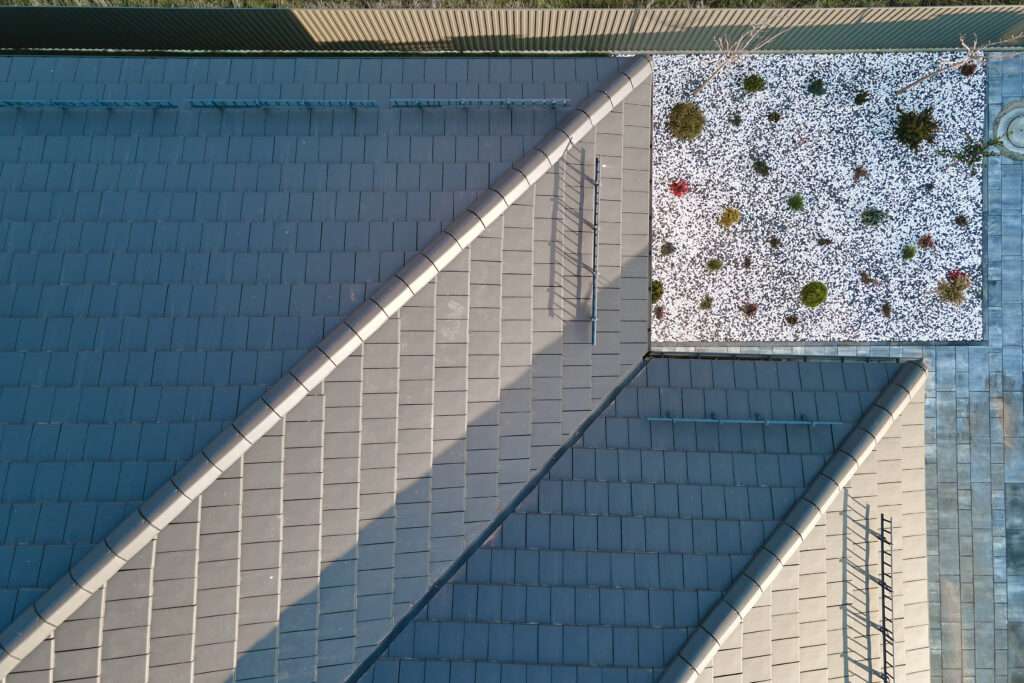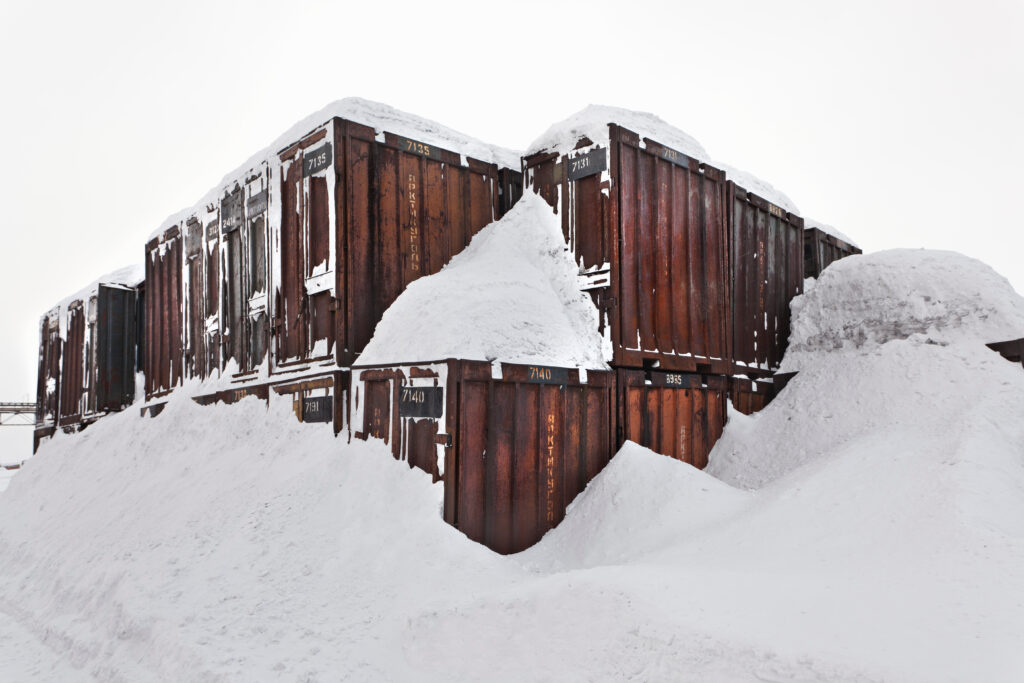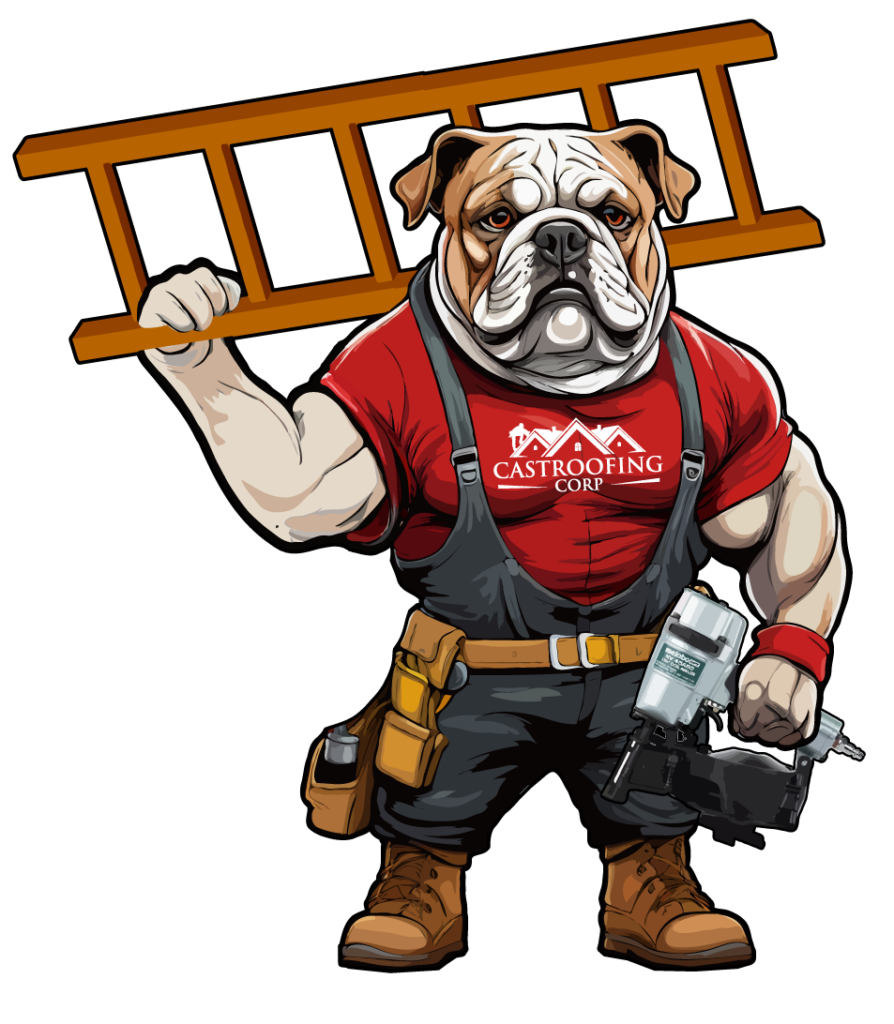1. Inspect Your Roof for Visible Damage
After a storm, your roof may have sustained damage that’s not immediately visible from the ground. Here’s what to look for:
-Missing or Damaged Shingles: Check for any missing, curled, or damaged shingles. This can leave your roof vulnerable to leaks.
-Debris: Fallen branches, leaves, or other debris can cause damage to your shingles or clog your gutters, preventing proper water drainage.
-Leaks: Inside your home, look for signs of water stains on your ceilings or walls, which can indicate roof leaks.
If you notice any of these issues, it’s essential to contact a professional roofing company like CASTROOFING CORP for a thorough inspection and repairs.
2. Check Your Gutters and Downspouts
Your gutters play a vital role in redirecting water away from your home. After a storm, your gutters may have become clogged with leaves, branches, or other debris, which can lead to water damage and flooding.
-Clear Clogs: If it’s safe to do so, clear any debris from your gutters and downspouts to ensure they’re functioning properly.
-Check for Damage: Inspect your gutters for signs of damage, such as dents, cracks, or separation from the roof. Damaged gutters should be repaired or replaced promptly to prevent water from accumulating near your foundation.
3. Inspect Windows and Doors for Leaks
Strong winds, rain, or snow can cause windows and doors to become damaged or create leaks, allowing moisture into your home.
-Check for Gaps or Cracks: After a storm, inspect the seals around your windows and doors for any visible gaps or cracks that might let cold air or water in.
-Condensation or Water Stains: If you see condensation on the inside of windows or water stains on your walls, this could indicate that the seals were compromised during the storm.
If any issues are found, it’s important to get your windows or doors repaired or replaced to avoid further damage.
4. Assess Your Siding for Damage
After heavy rain or wind, your siding may be damaged, leading to potential leaks or structural issues. Look for:
-Cracks or Dents: Inspect your siding for any cracks, dents, or holes that could allow water to penetrate the structure of your home.
-Loose or Missing Panels: If the wind has loosened or torn away sections of siding, these should be repaired immediately to prevent further exposure to the elements.
5. Examine Your Chimney and Vents
If you have a chimney or vents on your roof, make sure they’re not damaged or blocked after a storm. A damaged chimney can lead to safety hazards, and blocked vents can cause issues with air quality and energy efficiency.
-Check for Cracks or Leaks: Look for any cracks in the chimney or around vent areas that could let water into your home.
-Clean Chimney: After a storm, especially if you’ve experienced heavy winds, it’s a good idea to have your chimney cleaned and inspected by a professional to ensure it’s safe to use.
6. Look for Fallen Trees or Branches
Strong winds and heavy snow can cause trees or large branches to fall onto your property. After the storm, check your yard for any fallen trees or branches, especially around the roof and gutters. If a tree has fallen on your home or caused significant damage, contact a professional for safe removal and repairs.
7. Take Photos for Insurance Claims
If your home has sustained damage, take clear photos of the affected areas before you begin cleaning or making repairs. This will be essential when filing insurance claims for repairs. Document everything, including damaged roofing, siding, windows, and gutters.
At CASTROOFING CORP, we also offer assistance with insurance claims to ensure you get the coverage you're entitled to for storm-related damages.
8. Prevent Future Storm Damage
While you can’t control the weather, there are several proactive steps you can take to minimize future damage:
-Trim Trees: Regularly trim overhanging branches that could fall during a storm.
-Install Storm-Proofing Features: Consider adding impact-resistant windows, stronger roof materials, or reinforced doors to help protect your home from future storms.
-Gutter Maintenance: Regularly clean and inspect your gutters to ensure they’re in good working condition, so they can handle heavy rain or melting snow effectively.
9. Call a Professional for Repairs
If you’ve noticed significant damage to your roof, siding, gutters, or other areas of your home, it’s crucial to call in the experts. CASTROOFING CORP has over 15 years of experience in storm damage repair services. We offer thorough inspections and reliable repairs for homeowners in Rochester, NY, and Buffalo, NY.




